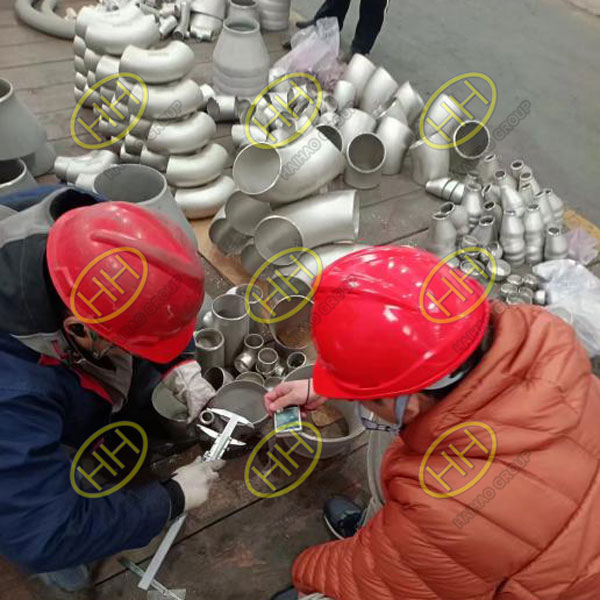Metallographic Inspection: A vital tool for understanding internal metal structures
Metallographic inspection utilizes the principles of quantitative metallography to establish a three-dimensional morphology of alloy structures through the measurement and calculation of the microstructure of two-dimensional metallographic samples or films. This helps establish a quantitative relationship between alloy composition, structure, and properties. Metallographic inspection involves not only identifying and evaluating structures but also qualitative and quantitative or semi-quantitative testing.
The main contents of metallographic inspection include: the organizational structure and defects of material matrix phases; the non-uniformity of microstructure orientation and state, such as striping, uneven distribution, grain size, etc.; the type, structure, composition, quantity, shape, size, and distribution of secondary phases; and the crystal structure of atoms according to the distribution of atomic bonding forces and the electron energy distribution of atoms and ions. For microstructural inspection, metallographic inspection is divided into four levels: correctly identifying the microstructure, qualitative microstructural status, quantitative microstructural status, and the relationship between microstructure and performance.
Therefore, using metallographic analysis to observe and inspect the internal structure of metals is an important means in industrial production. Common metallographic observation and inspection mainly include:
Raw Material Inspection for Pressure Pipelines: Checking the metallurgical quality of raw materials, such as segregation, types, and levels of non-metallic inclusions; checking the casting defects, such as casting looseness, pores, and slag inclusion distribution of casting materials; checking the surface decarburization, overheating, overburning, cracks, and deformation of forged parts.
Quality Control during Pressure Pipeline Manufacturing and Installation Processes: Metallographic analysis can provide the basis for adjusting processes and modifying process parameters to guide production, such as whether the heat treatment quenching heating temperature, holding time, and cooling rate are appropriate (correct); control of chemical surface heat treatment process parameters; whether the starting and ending forging temperatures are appropriate, etc.
Quality Inspection of Pressure Pipeline Manufacturing, Installation, and other Products: In addition to mechanical and physical performance indicators, some products also require microstructural parameters as one of the technical indicators for quality assessment.
Evaluation of Material Performance during Regular Inspection Periods of Pressure Pipelines in Use: Determining the type of unknown materials; inspecting material quality and heat treatment status; checking welding quality, such as whether there is quenched martensite, overheated Widmanstätten structure; inspecting heat treatment effects; detecting material grain size; detecting microscopic defects in materials, such as intergranular cracks, looseness, over-burning, etc.; examining material degradation that may occur under long-term high-temperature environments, such as pearlite spheroidization, graphitization; intergranular corrosion or stress corrosion cracks that may occur in corrosive environments; hydrogen damage under high-temperature and high-pressure hydrogen environments, such as decarburization, hydrogen corrosion cracks, etc.
Failure Analysis of Pressure Pipelines: Metallographic inspection of the fracture of in-service pressure pipelines can help determine the type of corrosion or fracture and analyze the cause of failure. It is very convenient for identifying some common defects, such as the morphology and distribution characteristics of microcracks; chemical heat treatment defects; abnormal structures after heat treatment; precipitation of brittle phases at grain boundaries, etc. The results of metallographic analysis are often used as the basis for failure analysis.

